is an international assessment of learning conducted through sampling with 15-year-old students and coordinated by the Organisation for Economic Co-operation and Development (OECD). It began in the year 2000 and is carried out every three years. The latest available data is from 2018.
 conducted every 3 years
conducted every 3 years
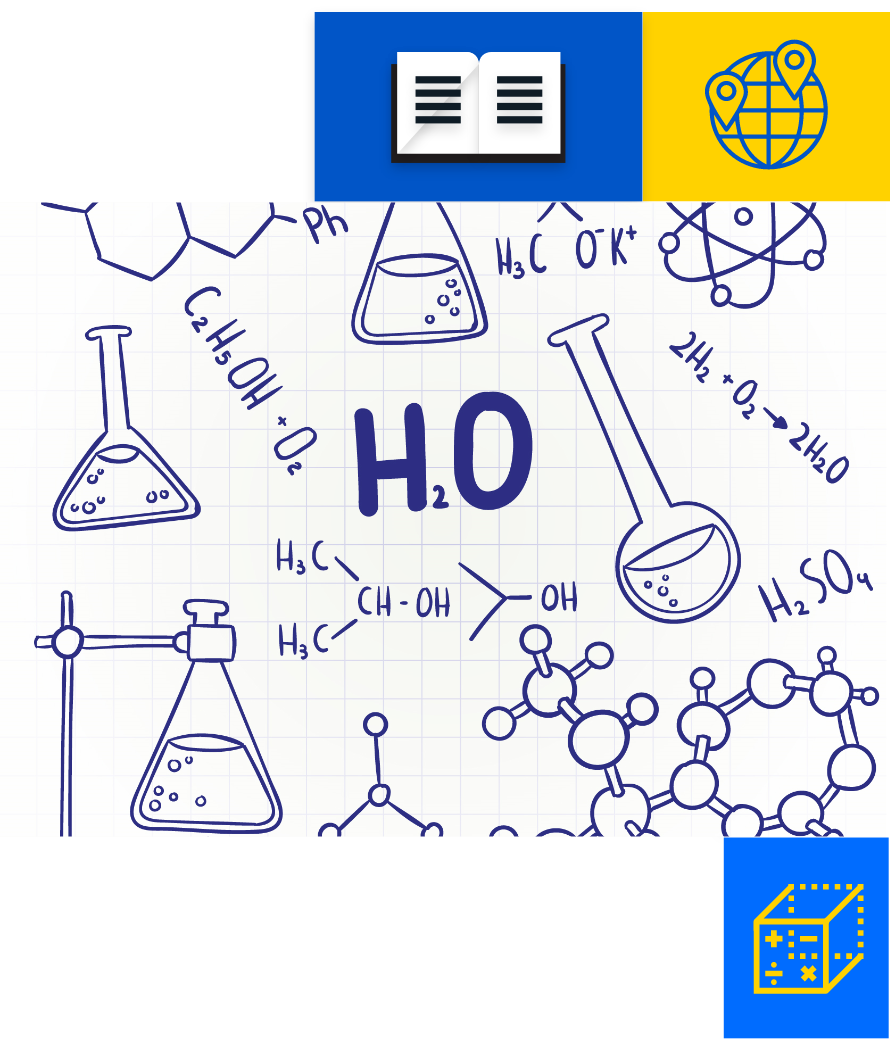
Since its inception, PISA has focused on
assessing three core disciplines:
,
with each edition placing a greater emphasis
on one of them. In 2018, the focus was on reading.
In 2015, the areas of Financial Literacy and
Collaborative Problem-Solving were added.
The assessment is conducted by OECD member countries and
invited countries. Brazil has participated as an invited country
since the first edition.
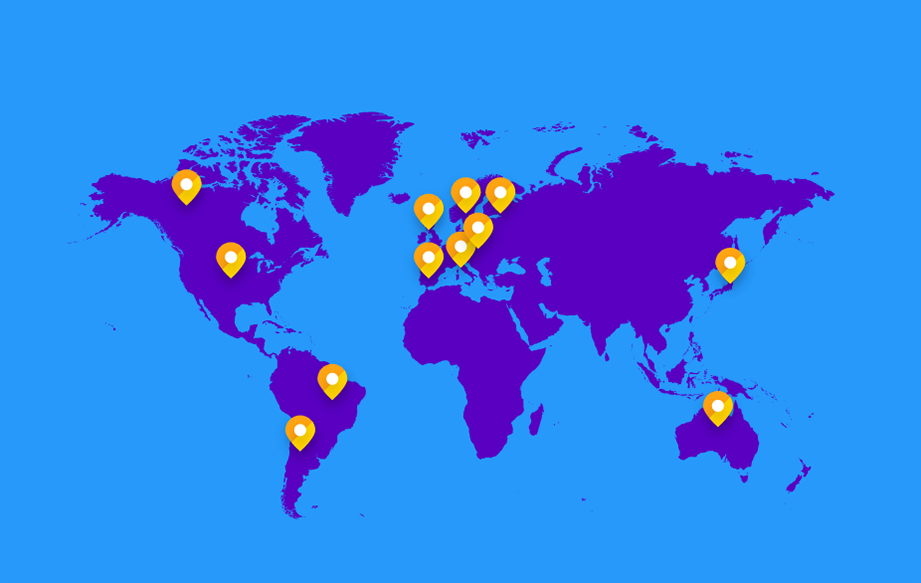
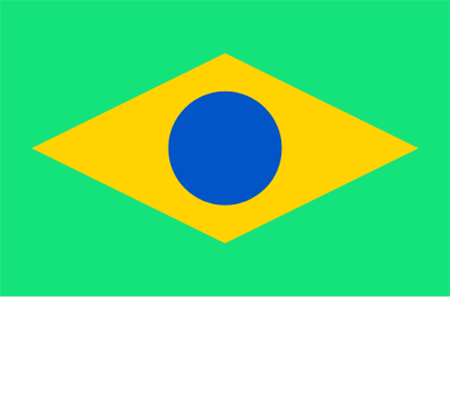
In 2018, the Brazilian sample consisted of 10,691 students
from 638 schools distributed across the country’s five main regions.
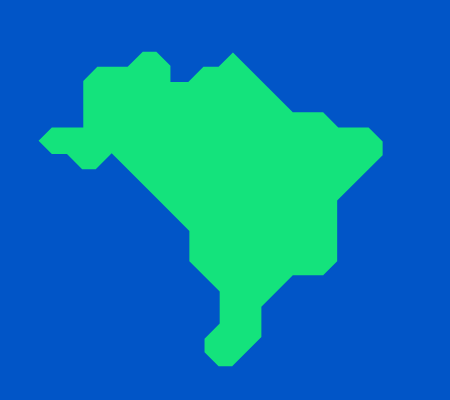

PISA measures the extent to which 15-year-old students have acquired essential knowledge and skills for life in contemporary societies, as well as their ability to extrapolate what they have learned and apply this knowledge inside and outside of school.
These results allow policymakers to assess the knowledge and skills of students in their own countries compared to those of other nations, set goals, and learn from best practices.

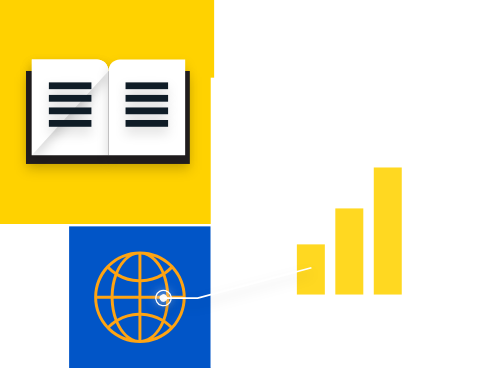
Learning data of Brazilian students
and students from over 70 countries/regions
in science, mathematics, reading, collaborative
problem-solving, and financial literacy.
Data by region and
Brazilian states.
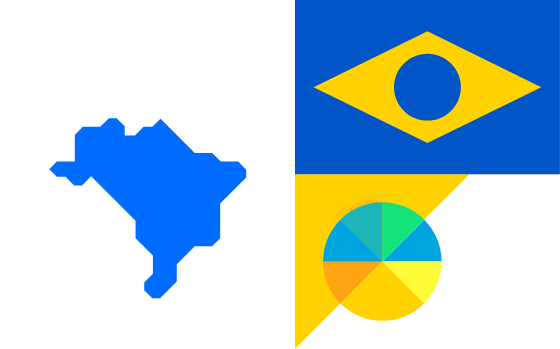
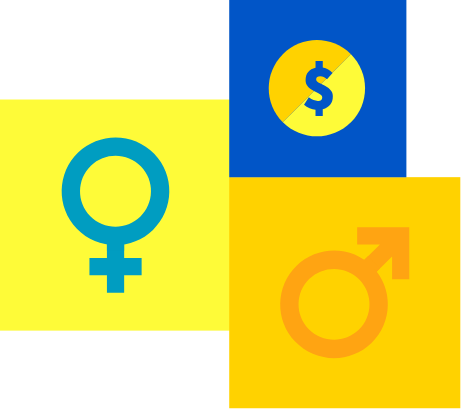
Averages for students from high and low socioeconomic backgrounds, girls and boys, those aspiring to be teachers in the future, and those aspiring to pursue other higher-level professions.
Additionally, you can also learn about the profile of students in each country, region, and Brazilian state according to seven indicators:
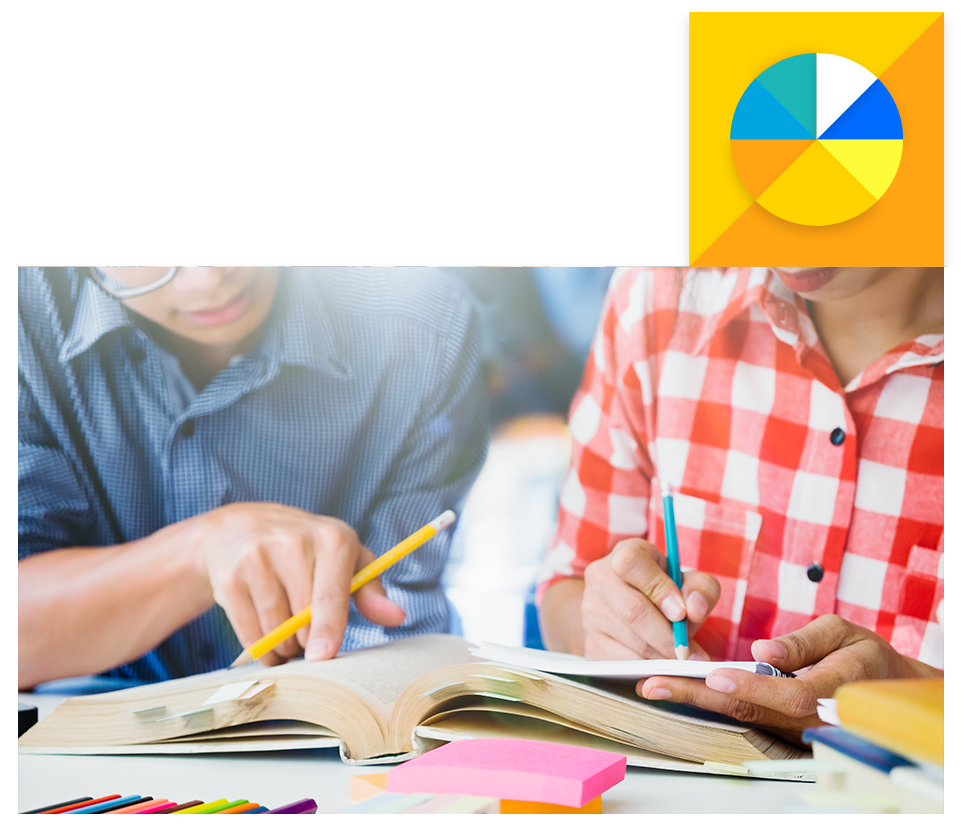
WHY ARE PISA
DATA IMPORTANT?
PISA aims to produce indicators that contribute to the discussion on education quality. The assessment shows to what extent countries are preparing their youth for active participation in society and full citizenship. The idea is for the results to be used by governments in defining and improving public policies in the field of education.
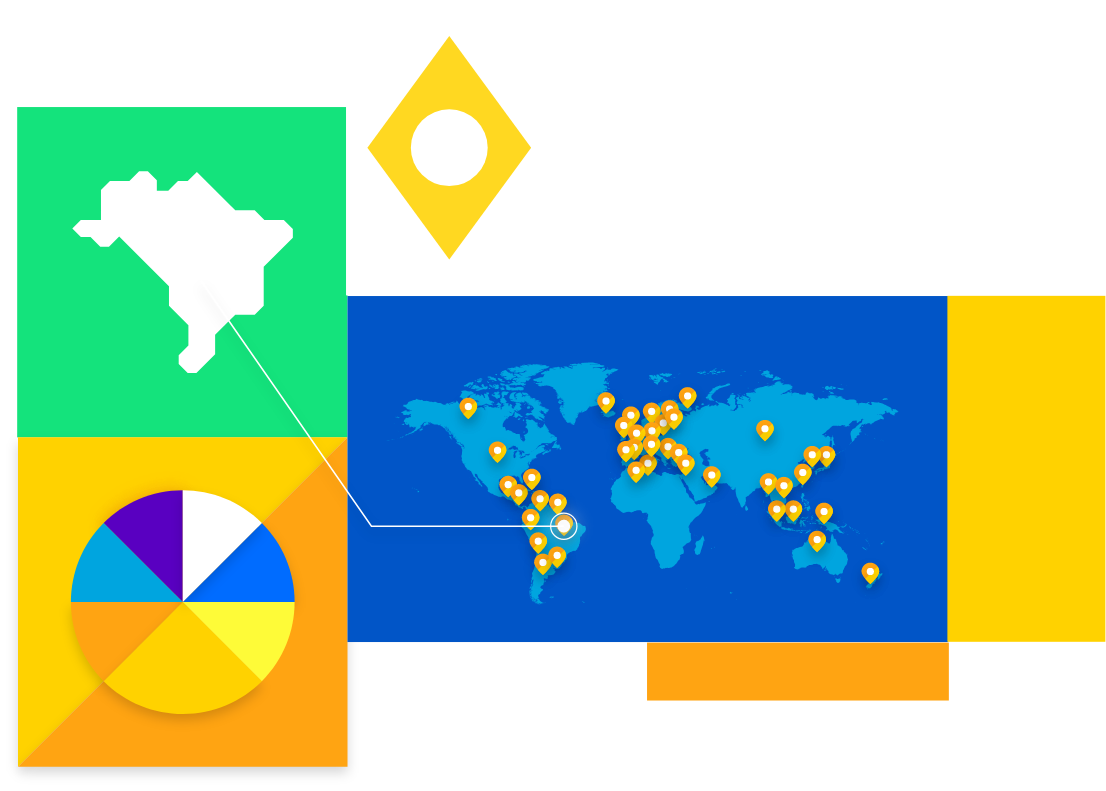
Attention: we recommend that this website is viewed in horizontal orientation. Turn your device over to hide this warning!
Click this notice to continue
We are a branch of the QEdu platform, created in 2012 to discuss educational data in Brazil. We believe in education as the foundation for the changes our society needs. In order to have more advanced, just, and equitable countries, it is essential to have quality public education for everyone, without exception. That is the rationale for the existence of this site: to discuss the major inequalities present in Brazilian and global education, particularly related to students’ socioeconomic level, gender, and location. We understand that in the pursuit of equity, thoroughly understanding our inequalities is the first step to addressing them.
We also consider it very important to have a broad vision of education that allows us to discuss student learning beyond language and mathematics, which are obviously fundamental. It is also necessary to know how students are faring in other important skills for the future and life in society, such as collaborative problem-solving and financial education.
We believe it is essential to position ourselves related to the world: how do our countries compare to the best educational systems? And how do we compare to other Latin American countries?
The debate about education needs to gain a sense of urgency and be based on data and evidence. We hope that this site is useful to researchers, policymakers, administrators, educators, and other individuals committed to improving the quality of basic education, whether in Brazil or in neighboring Latin American countries.
Note: QEdu Países considers Level 3 of PISA as the appropriate learning level for 15 and 16-year-olds.